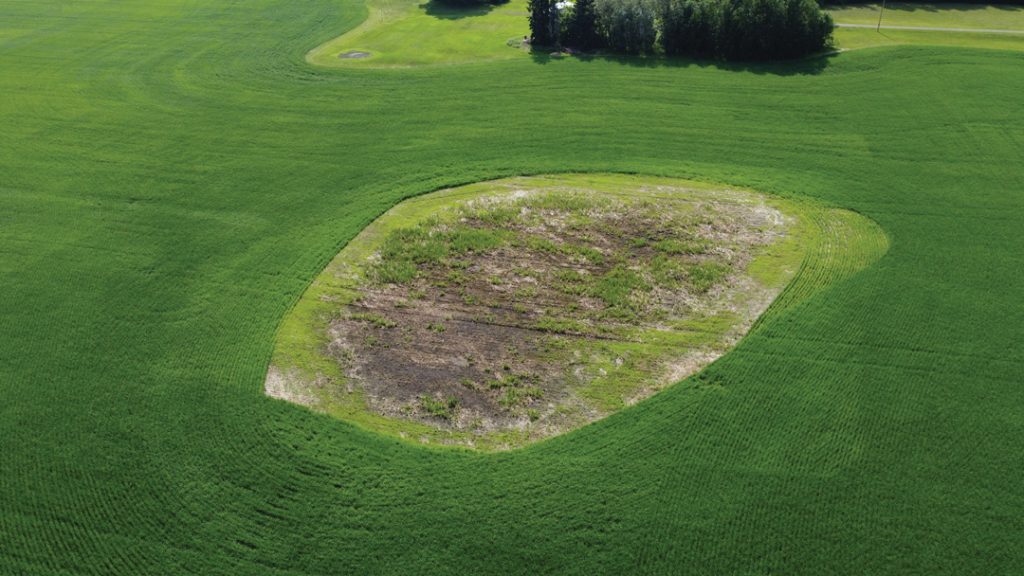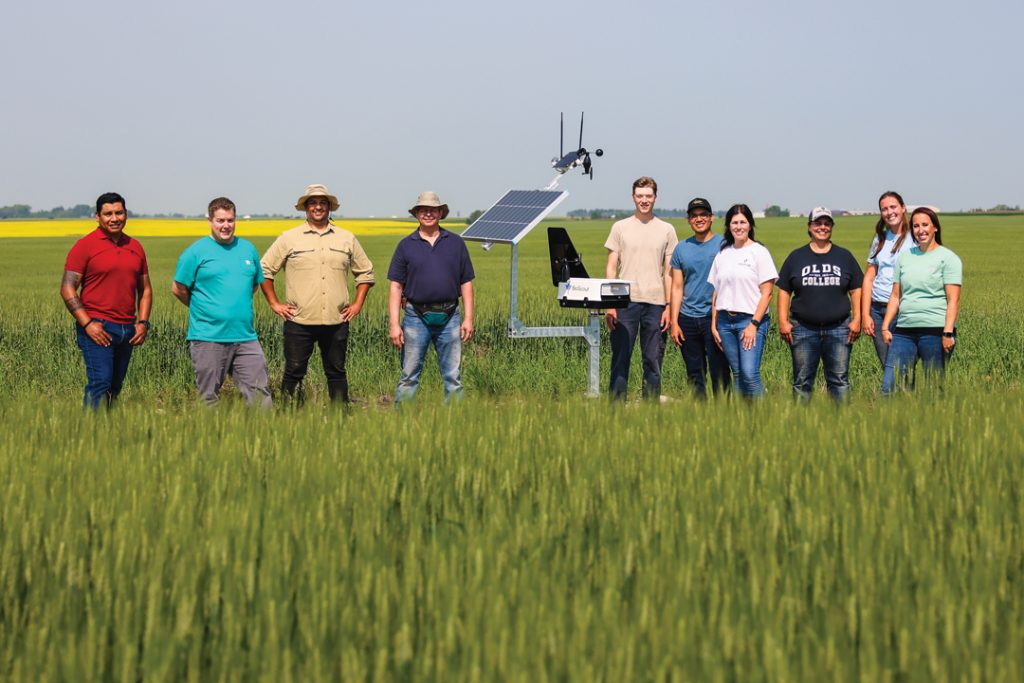MIXED RESULTS
The 2024 growing season was a rollercoaster for farmers, with significant variations in yield and quality from region to region and even field to field. Drought conditions prevailed across Western Canada in April, but dry weather allowed farmers to seed early.













